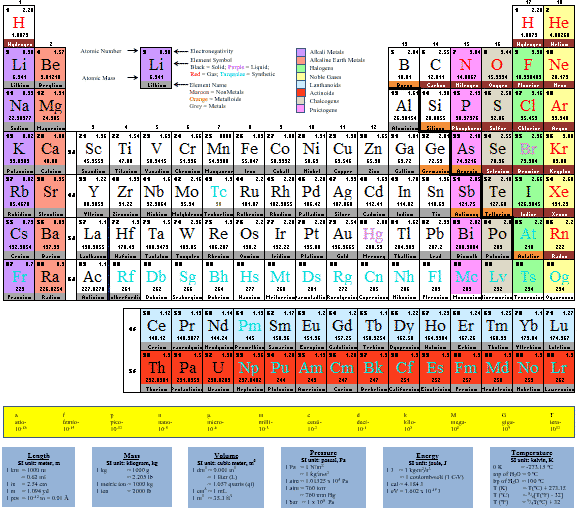Office 2010 Toolkit And Ez Activator 2 2 3 Rarest

EZ activator office 2010 Office 2010 Toolkit And EZ-activator Designed as an advanced and superior tool, office 2010 toolkit is currently the latest and most sophisticated version of all the Microsoft Office. Microsoft Office 2010 Toolkit and EZ-Activator 2.2.3.rar - Hadim Suryadi - Google+. Press question mark to see available shortcut keys. Microsoft Office 2010 Toolkit and EZ-Activator 2.2.3.rar - Google Drive.
Isolated familial hypoparathyroidism is an extremely rare disorder, which to date has been linked to several loci including mutations in CASR, GCM2, and PTH, as well as a rare condition defined as X-linked recessive hypoparathyroidism, previously associated with a 1.5 Mb region on Xq26-q27. Here, we report a patient with hypocalcemia-induced seizures leading to the diagnosis of primary hypoparathyroidism. Mutations in CASR, GCM2, and PTH were ruled out, while whole exome sequencing of the family suggested FHL1, located on chromosome Xq26, as the most likely causative gene variant ( FHL1, exon 4, c.C283T, p.R95W). Since FHL1 has not been linked to calcium regulation before, we provide evidence for its functional role in hypoparathyroidism by: (i) bioinformatics analysis coupling its action to known modulators of PTH function; (ii) observing strong expression of fhl1b in Corpuscles of Stannius, gland-like aggregates in zebrafish that function in calcium regulation similar to mammalian PTH; and (iii) implicating fhl1b and FHL1 as regulators of calcium homeostasis in zebrafish and human cells, respectively.
Altogether, our data suggest that FHL1 is a novel regulator of calcium homeostasis and implicate it as the causative gene for X-linked recessive hypoparathyroidism. Introduction Deep Sequencing, or Next Generation Sequencing (NGS), is a powerful tool to identify causative variants in clinical cases, where other methods have been exhausted. Here, we describe a 4-year-old male, born at full term following an uneventful pregnancy and delivery to non-consanguineous parents, and four siblings (Fig. Game perang ringan dan keren untuk pcs. ) presented with generalized seizure at the age of 9 days. Upon ruling out all other major etiologies for seizures, initial evaluation identified severe hypocalcemia of 5.7 mg/dl [9–11], hyperphosphatemia of 11.5 mg/dl [5–9], and inappropriately low PTH of 20.7, alongside normal albumin, magnesium, potassium, chloride, blood gases, and vitamin D levels. Urinary calcium levels were low at 0.18 mg/dl [5.2–35.7].
Physical examination revealed no dysmorphic features, short stature, malformations, or developmental delay. Additional studies included chest X-ray, brain US, echocardiogram, renal ultrasound, electroencephalogram, bone age study, and audiogram were all normal. Following a clinical geneticist consultation, 22q11.2 deletion was ruled out via Fluorescent In-Situ Hybridization (FISH).

Sanger Sequencing detected no genomic variants in PTH and GCM2 genes. Since no additional loci were related to the phenotype, array-CGH was not performed. Family pedigree. Squares denote male family members, circles female members, and shaded symbols affected members; the arrow points to the proband At the age of 4 years, the patient continued to exhibit persistent hypocalcemia alongside inappropriately low PTH levels. In addition, mild orolingual muscle weakness was detected in the patient. Notably, a younger, sixth female sibling was also found to have mild hypoparathyroidism albeit without any electrolyte abnormality, while all other family members exhibit normal PTH and calcium levels. The patient’s father, as well as all other male siblings, demonstrates slight hypotonicity, requiring occupational therapy.
Taken together, these findings indicate that the patient suffers from isolated familial hypoparathyroidism of unknown origin. Exome sequencing of the affected male, his parents, and siblings was performed to detect a causal gene. FHL1 interacts with calcium-regulatory proteins Using gene ontology, we tested the biological pathways that were enriched by some of the 11 core genes plus FHL1. Several pathways associated with molecules transport, including ion transport, transmembrane transport, and regulation of transport, were enriched with at least four of the manually curated targets plus FHL1 (Supplementary Table 1). Next, to test the interactions between FHL1 and hypocalcemia-related proteins, we have manually assembled a list of 11 genes (PTH, CALC1, PTHRP, TBX1, GCM2, CASR, AIRE, GNA11, GATA3, GNAS, and TRPM6), which code for proteins known to be involved in calcium sensing/metabolism with direct connection to primary hypoparathyroidism.